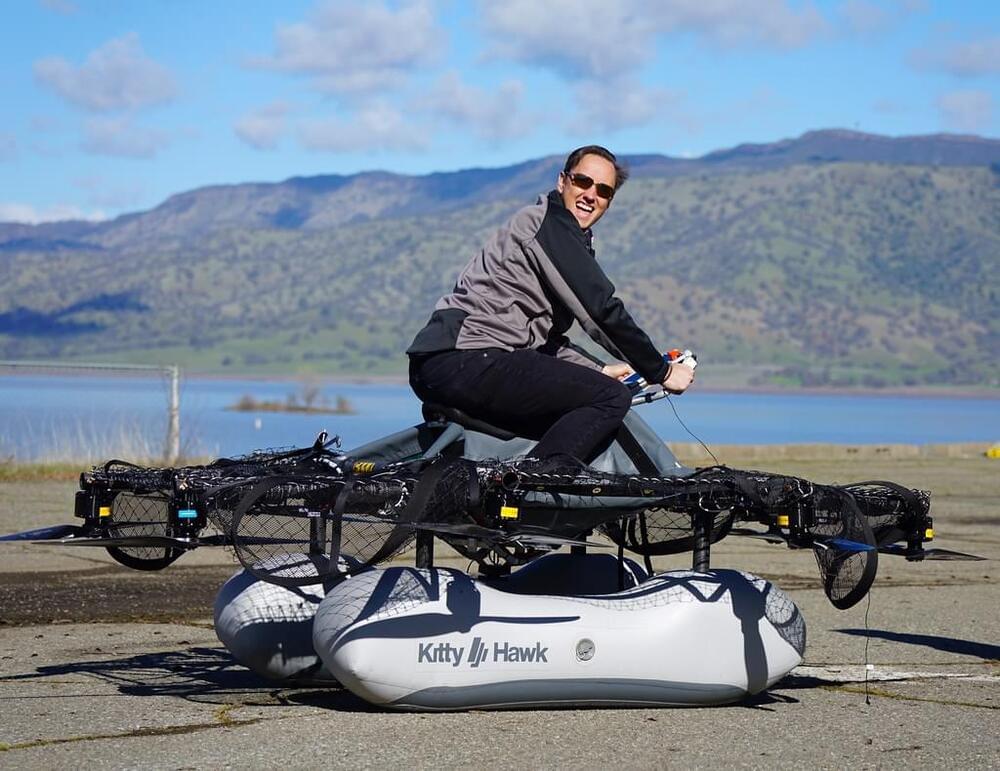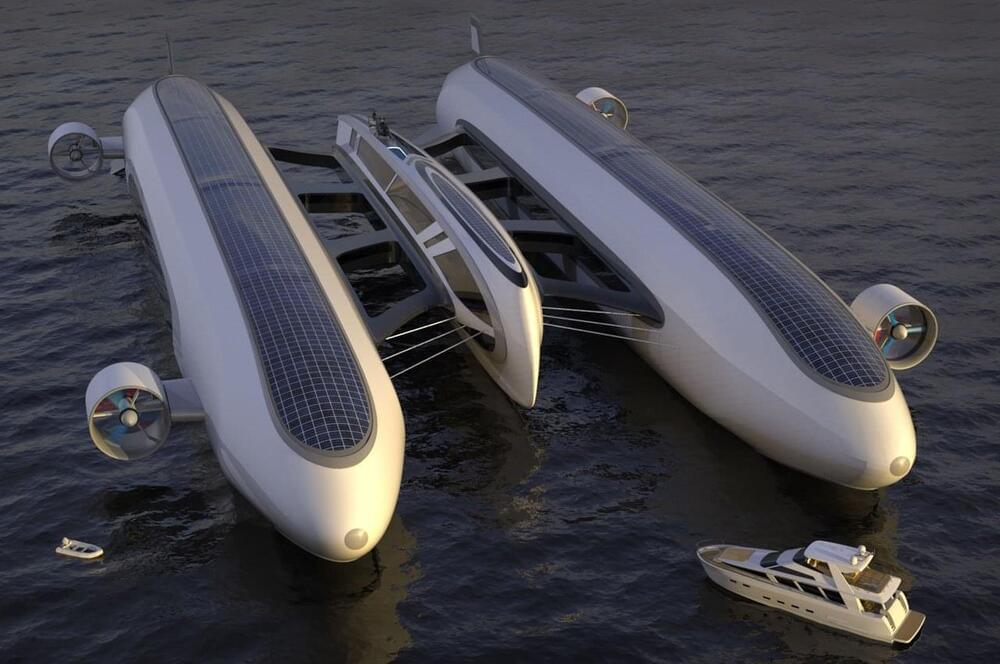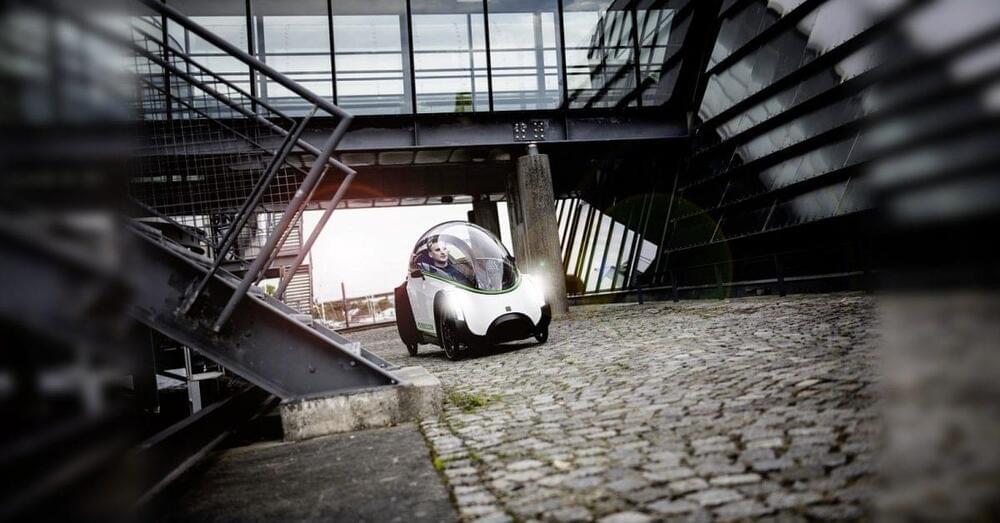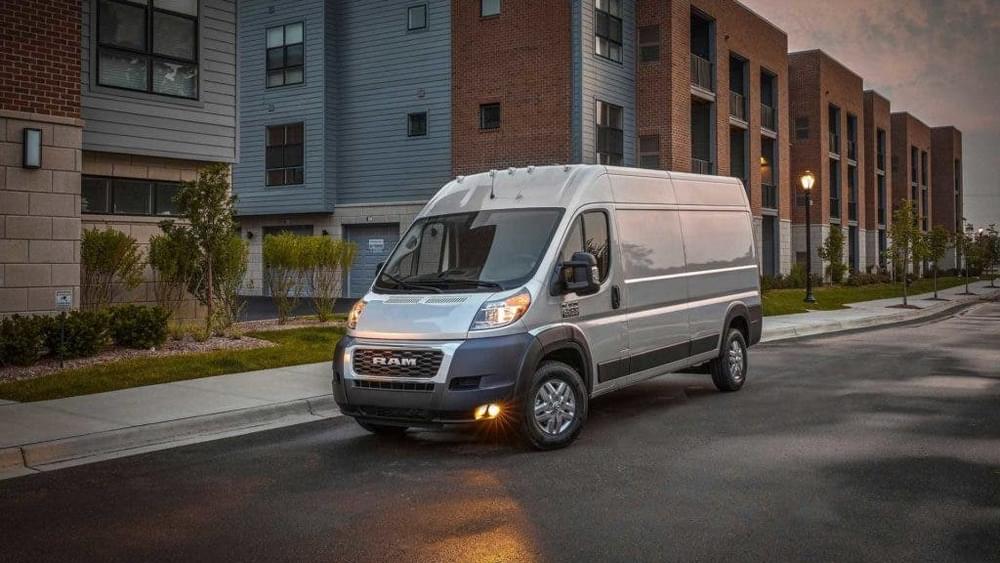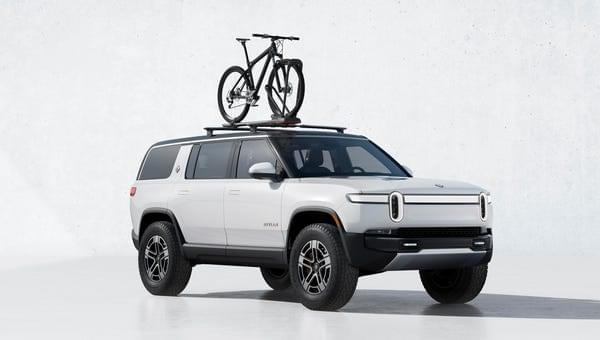Designed and built by LEGO creator Mr. Platinum using 2,800 LEGO Technic pieces, this absolutely delightful mini replica of the DMC DeLorean from Back To The Future comes complete with a detailed exterior as well as interior, functioning doors, glowing lights, and a Bluetooth controller that lets you remotely drive the little car around!
The video above is a mashup of scenes from the original Back To The Future movie showing the DeLorean’s reveal, combined with video snippets of Mr. Platinum’s highly detailed build. The LEGO DeLorean is a stunning MOC (My Own Creation) that boasts of functioning headlights and taillights, glowing pipes around the car’s periphery as well as on the inside, motorized doors that open on command to reveal the detailed interiors, and for good measure, repositionable tires that become horizontal to resemble the car flying through space and time. If there ever was a near-perfect LEGO DeLorean build, this 2800-brick masterpiece is clearly it.
Designer: Mr. Platinum

